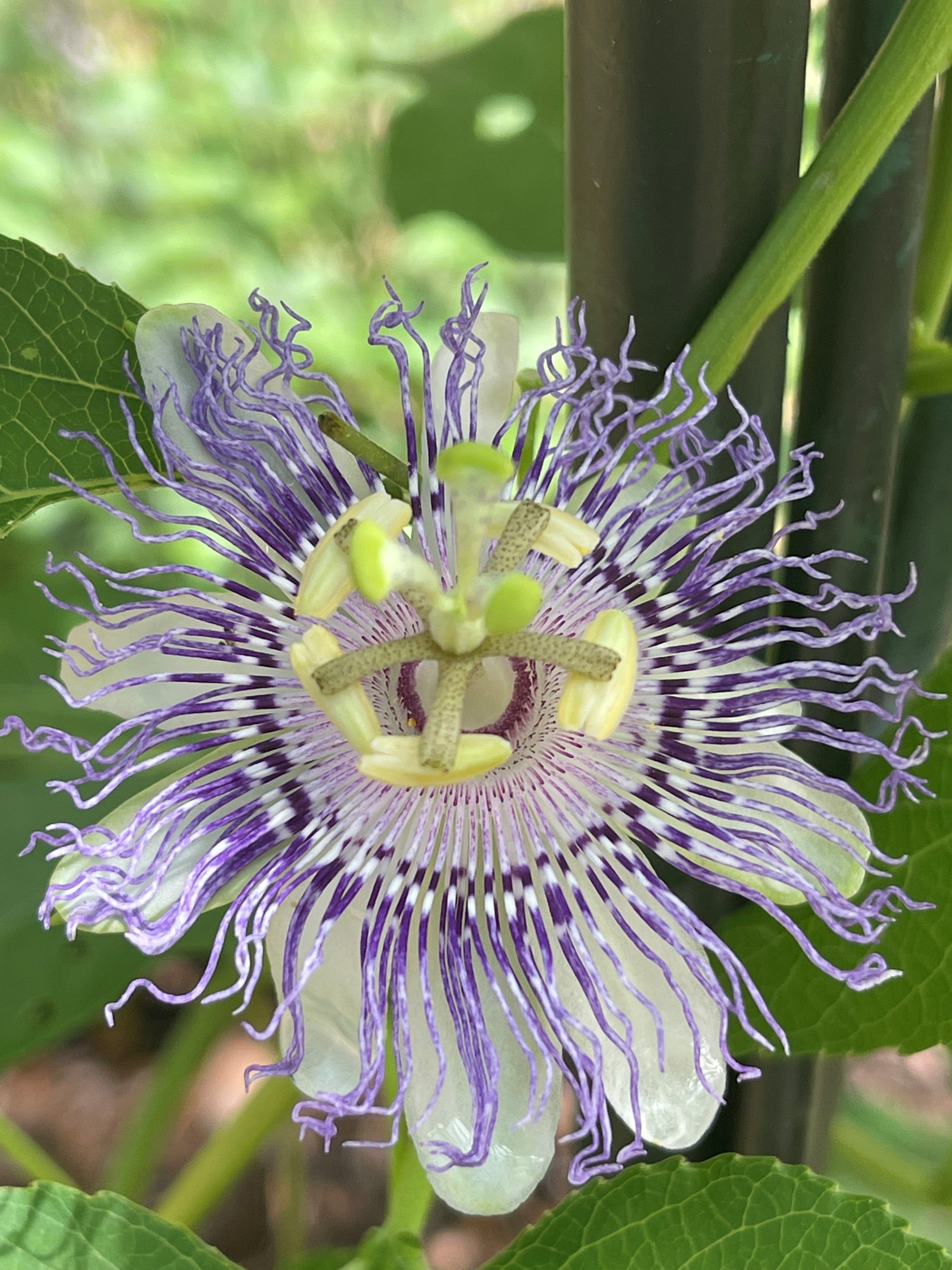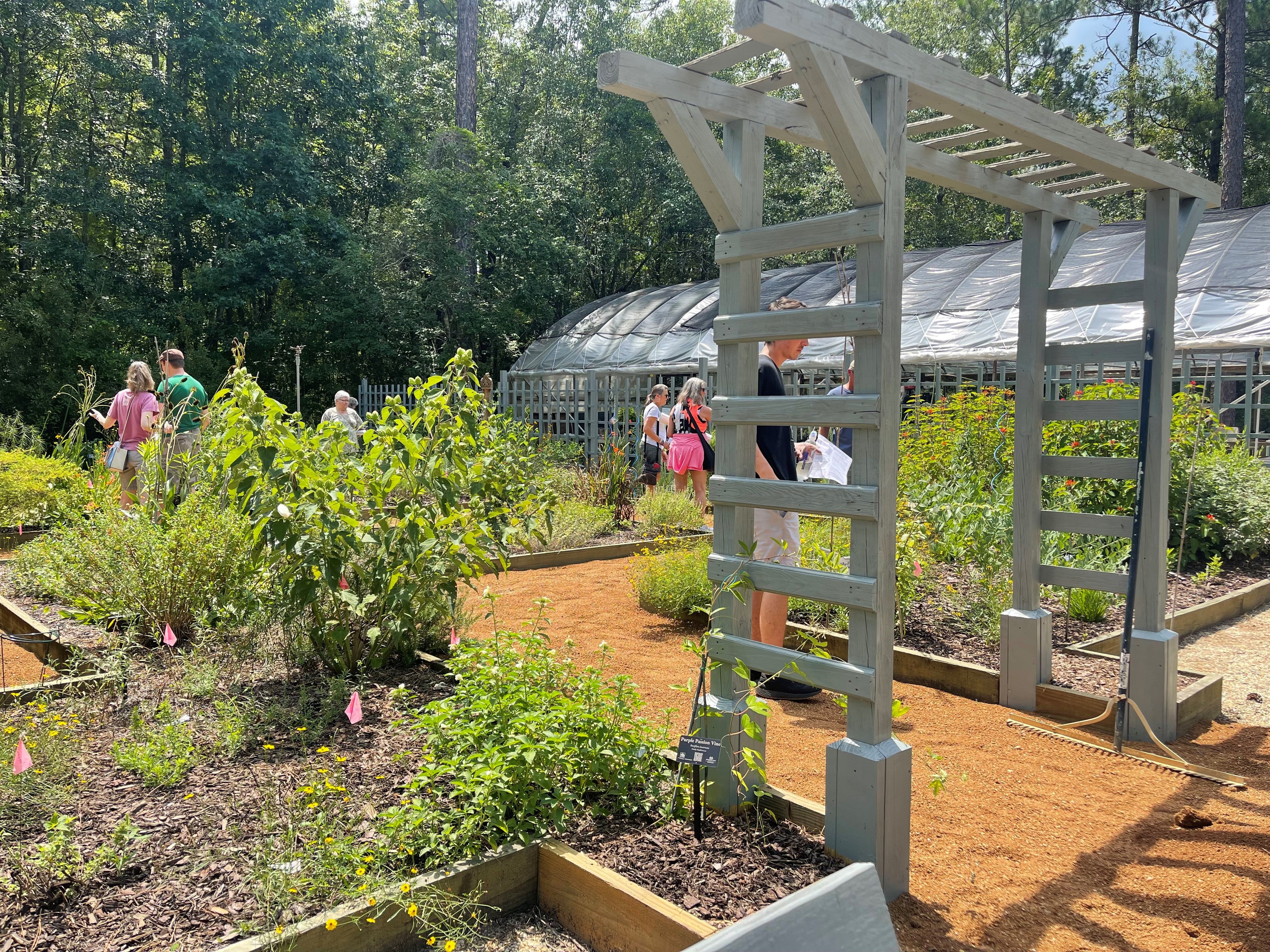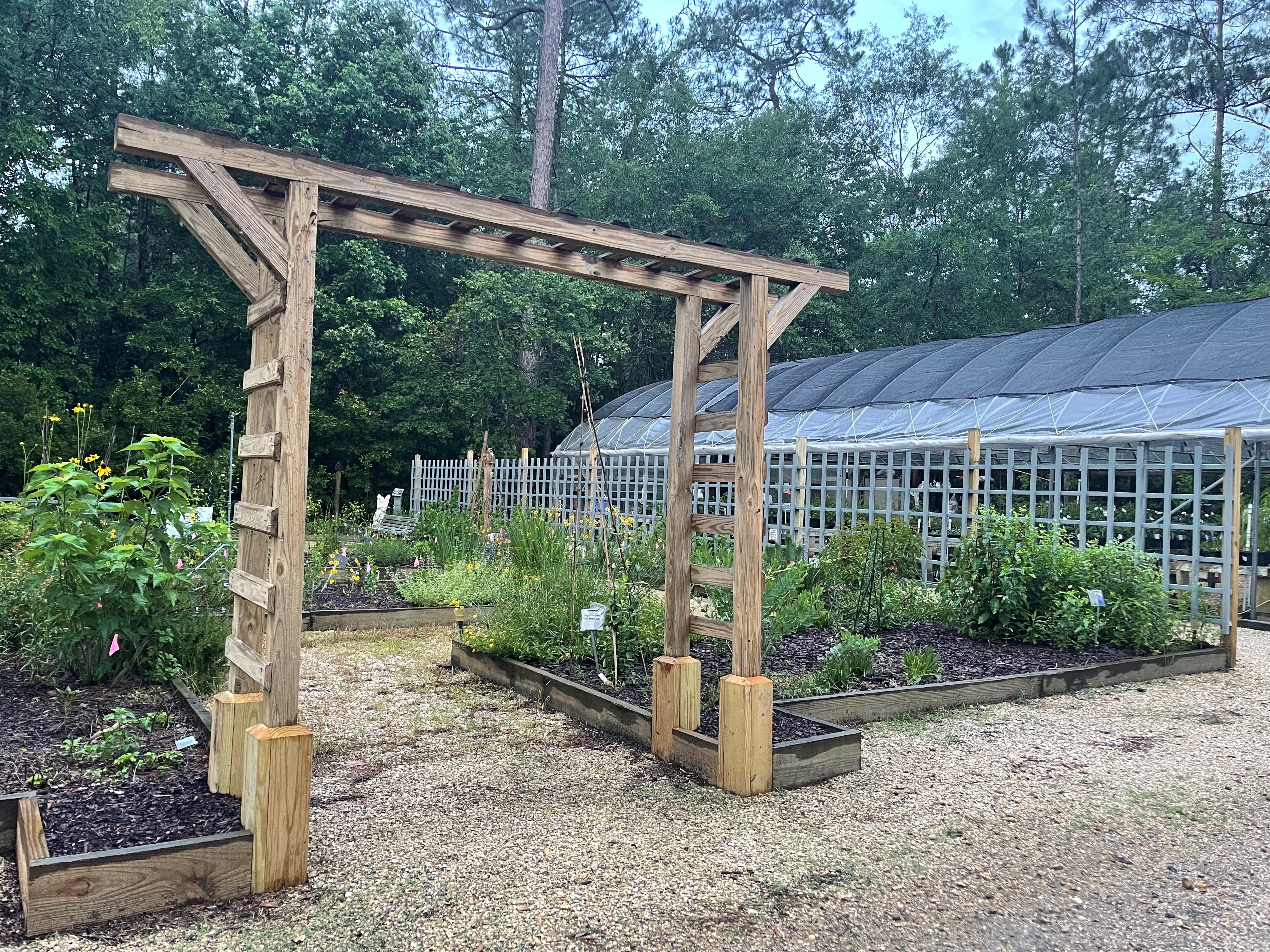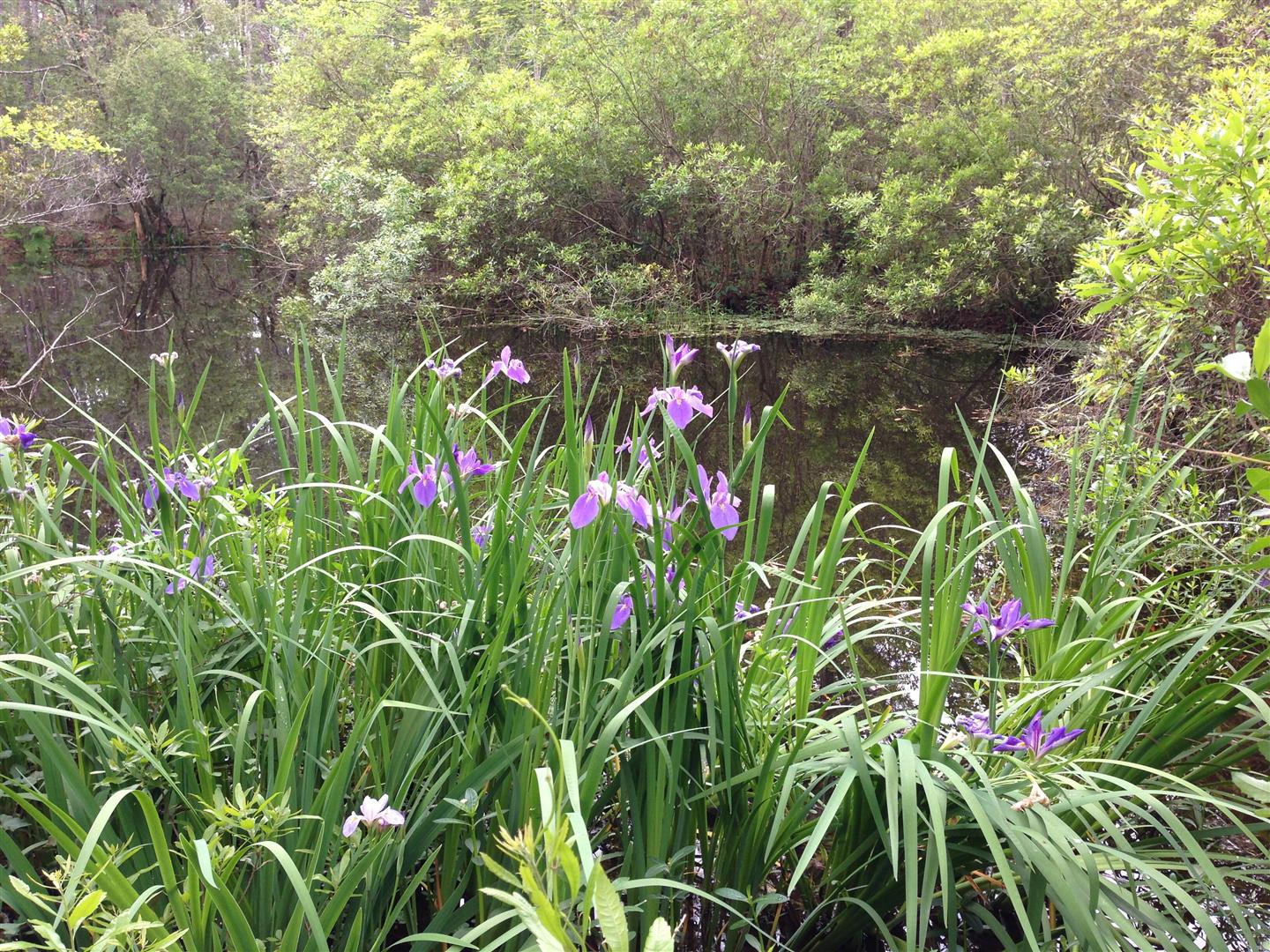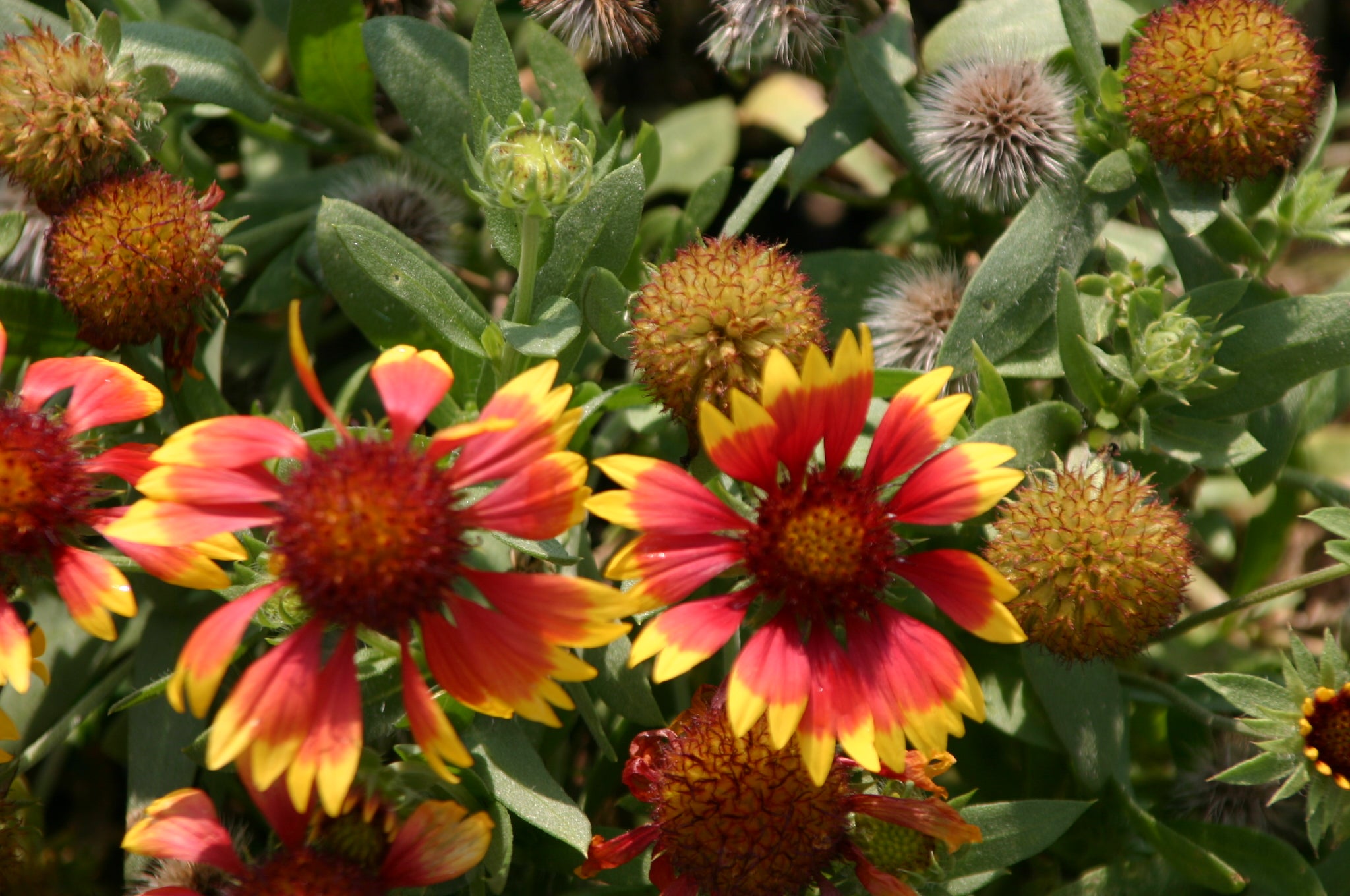Crosby Arboretum on the lookout for dependable native plants for your home landscape
Published 3:19 pm Tuesday, July 19, 2022
By Patricia Drackett
Director of the Crosby Arboretum and
assistant extension professor of landscape architecture with the Mississippi State University Extension Service
Even though you may know The Crosby Arboretum as a public garden with a very natural appearance, and native plants that are arranged in natural communities, with walking trails passing through Savanna, Woodland, and Aquatic Exhibits, there is also a very special area that for two decades has always had the purpose of displaying plants so visitors can have an idea of how certain native species might appear and perform in home landscapes.
That special place is our Pollinator Garden, located next to our greenhouse, west of the Visitor Center. The area covers about 4,000 square feet and its raised display beds were originally built and dedicated in 2001 as “The Explorers’ Garden”. Over the years, this area has been maintained by the Pearl River Master Gardeners and Arboretum volunteers, and folks who help with propagation and maintain this garden are called “Green Team” volunteers.
We’ve learned a lot, through many mistakes, successes, and renovations, as we watch the plants grow and perform (or not) here. Our goal is to be able to recommend – and grow for sale – the plants that are easy to grow and maintain, are top-performers, and are useful to pollinators and wildlife.
Currently, the Pollinator Garden is in the final stages of a major renovation through a community grant funding improvements to the educational signage, plant materials, structures, and educational programs. The project is supported by the Members of Coast Electric through Operation Round Up and their Community Trust, in partnership with the Gulf Coast Community Foundation.
Today this garden is a diverse collection of plants, with a strong focus on native species. Also included are ornamental species highly attractive to butterflies and pollinating insects, and butterfly host plants such as milkweed, parsley, or dill, which provide food for caterpillars, the larval form of butterflies. Nectar-rich non-native selections such as Salvia, Pentas and African Blue Basil are included. Some plants have “volunteered” from the Arboretum’s Savanna Exhibit, such as St. John’s Wort, Asters, Liatris, Blue-eyed Grass, or Stokes’ Aster.
Do you enjoy watching hummingbirds? Try a Coral Honeysuckle vine (Lonicera sempervirens) on your mailbox, arbor, or simply a post. These tubular scarlet blooms are often spotted growing wild along local roadsides. The vine prefers full sun, but tolerates partial sun, and is drought tolerant once established. Prune Lonicera back in the winter months to encourage spring flowering. Birds are also attracted to the fruits.
Passion vine (Passiflora incarnata) is a must for the butterfly garden. Look closely for tiny eggs clinging to tendrils or the undersides of leaves. Although the vine can be devastated by caterpillars, the larval form of the gulf fritillary<http://www.floridata.com/tracks/butterfly/gulf_fritillary.cfm> butterfly, it is largely pest-free.
Passiflora dies to the ground each year after the first frost but returns in spring. It grows in full to part sun, and prefers moist, well-drained soil conditions. Let it ramble in your garden, perhaps on a tree, pole, or arbor. The plant’s “maypop” fruits are about the size of a small hen’s egg. The vine can be propagated by seed or cuttings.
The native perennial Gaura lindheimeri is called “whirling butterflies”, due to its resemblance to dancing butterflies held on wispy stems. It is graceful in a breeze, and grows about three feet tall, blooming from late spring to late fall. Gaura is excellent for hot climates, dry soils, and performs best in full sun. It is particularly attractive near a pool or at the base of a mailbox.
Stokes’ aster (Stokesia laevis) is an adaptable, attractive, and easy-care perennial. The cut flowers will remain attractive for a week or more. Use it at the front of your perennial borders, where it keeps an evergreen rosette of leaves even in the winter months. Stokesia is native to acidic coastal wetlands such as pine flatwoods or savannas, but it’s not unusual to find it at the garden center.
The southern blue flag iris (Iris virginica) found at the edges of the Piney Woods Pond is another low-care garden favorite. While it blooms most abundantly in full sun, it is also found growing in the areas with shifting shade from the nearby forest canopy. Although you will see blue flag iris at the water’s edge in our Aquatic Exhibit, it also performs in regular garden soil if kept moist with regular watering.
Join us for Summer Field Walk on Saturday, July 30 from 9:30 to 10:30 to learn about native plant species in the exhibits and how to use them in your home landscape, with Arboretum Director Pat Drackett. Members free; $5 for non-members. On Sunday, August 7, Pearl River County Extension Agent Dr. Eddie Smith will present a gardening program on “Maintaining your Home Landscape”, from 2:00 to 3:00 p.m. Learn how to design your landscape for minimal maintenance, and ways to lower your labor and materials costs. Members free, non-members $5. Registration is required. Call 601-799-2311 to sign up for programs.
For more information, see our website calendar at http://crosbyarboretum.msstate.edu/ or visit our Facebook page. The Arboretum is open 9 a.m. to 4:30 p.m. Wednesday through Sunday and located at 370 Ridge Road in Picayune, at I-59 Exit 4.


